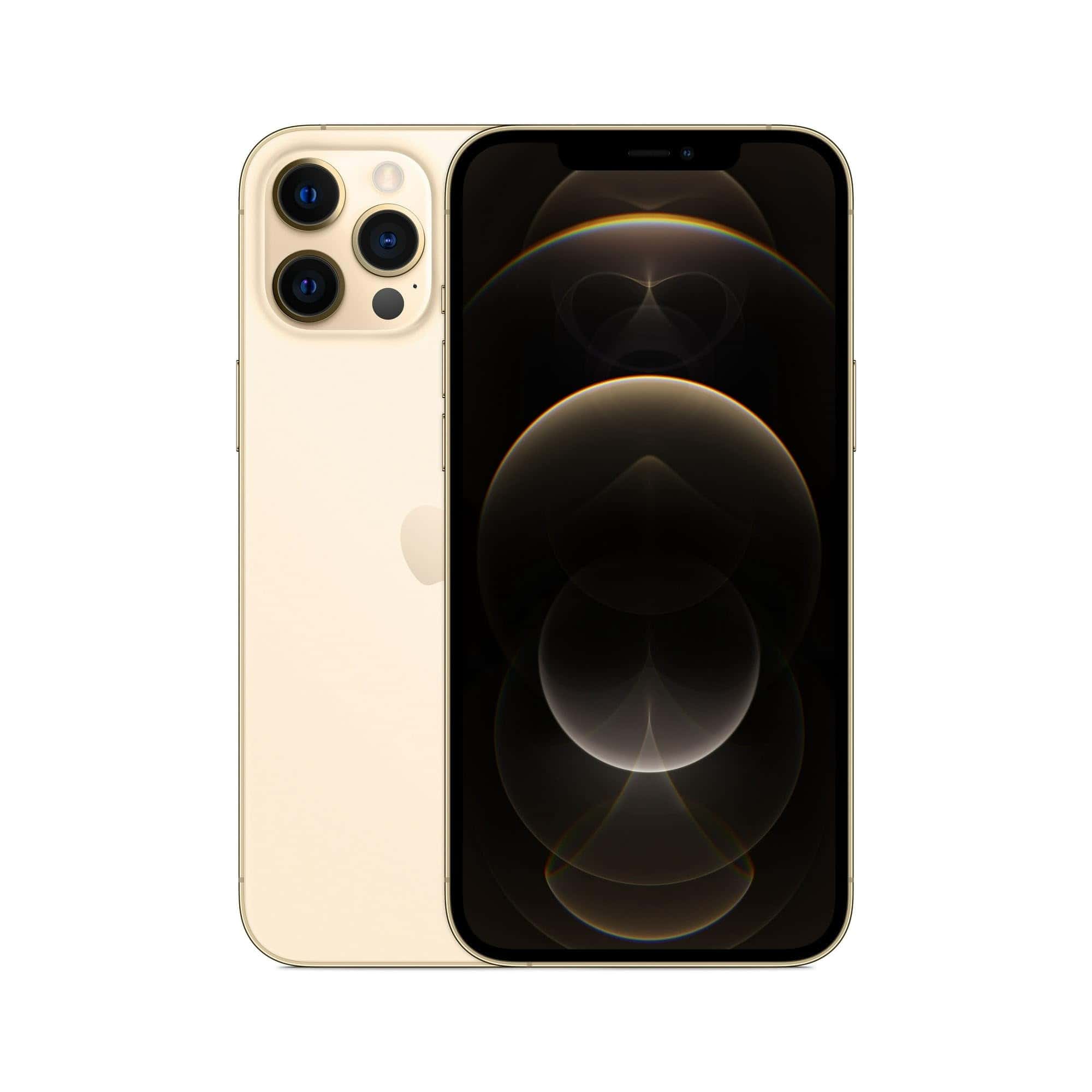Updating your iPhone without using iTunes is easier than you might think. You can update your iPhone on your computer using simple methods that bypass iTunes completely. This can be done through various software options available online, which make the process straightforward and efficient.
Using tools like Finder on macOS or third-party software like AnyFix and WooTechy iMaster, users can easily download and install the latest iOS firmware. Connecting your iPhone through a USB cable and following the steps provided by these tools will get your device up to date in no time.
These methods are especially helpful for those who experience issues with iTunes or just prefer a different route. Whatever your reason might be, having alternative ways to update your iPhone without iTunes means more flexibility and control over your device.
How to Update iPhone on Computer Without iTunes
Apple’s iTunes used to be the go‑to tool for updating iPhones, but it’s now outdated and replaced by Finder (on macOS) and third‑party tools that make the process easier and faster. If you’re having trouble updating your iPhone through iTunes or simply prefer not to use it, there are several reliable alternatives.
This guide walks you through multiple methods to update your iPhone on a computer without iTunes, whether you’re on Windows or macOS.
🔹 Method 1: Use Finder (for macOS Catalina and Later)
Starting with macOS Catalina, Apple replaced iTunes with Finder for managing iPhones.
Steps:
- Connect your iPhone to your Mac using a USB cable.
- Open Finder from the Dock.
- Under “Locations” in the sidebar, select your iPhone.
- Click the General tab.
- Click Check for Update.
- If an update is available, click Download and Update.
- Follow the on‑screen prompts and keep your iPhone connected until the process is complete.
Pros:
✅ Official Apple method
✅ Safe and straightforward
✅ No need for extra software
Cons:
❌ macOS only — not available for Windows users
🔹 Method 2: Use a Third‑Party iPhone Update Tool (Windows & macOS)
If you’re on Windows or prefer not to use Finder, you can use trusted third‑party software to update your iPhone safely.
Here are some of the most reliable tools in 2025:
1. iMyFone Fixppo (source)
A professional iOS system repair tool that also lets you update iOS without iTunes.
Steps:
- Download and install iMyFone Fixppo on your computer.
- Launch the program and connect your iPhone via USB.
- Choose Standard Mode → click Next.
- The software will detect your iPhone model and show available iOS versions.
- Click Download to get the latest firmware.
- Once downloaded, click Start to install the update.
Pros:
✅ Works on both Windows & macOS
✅ Fixes update errors during installation
✅ No data loss
2. Dr.Fone – System Repair (iOS) (source)
Dr.Fone by Wondershare is another reliable tool for updating or repairing iOS.
Steps:
- Install Dr.Fone – System Repair on your computer.
- Connect your iPhone and select System Repair.
- Choose Standard Repair → the tool will automatically detect your device.
- Download the latest iOS firmware.
- Click Repair Now to update your iPhone.
Pros:
✅ Simple interface
✅ Can fix iOS glitches during update
✅ Supports all iPhone models
3. FoneGeek iOS System Recovery (source)
FoneGeek offers a quick way to update iOS without iTunes or Finder.
Steps:
- Download and install FoneGeek iOS System Recovery.
- Connect your iPhone to your computer.
- Select Standard Mode → the program detects your iPhone.
- Choose the latest iOS version and click Download.
- Once downloaded, click Fix Now to install the update.
Pros:
✅ Compatible with Windows and macOS
✅ Keeps all your data safe
✅ User‑friendly interface
🔹 Method 3: Use an IPSW File and Third‑Party Updater
If you prefer manual control, you can download the iOS update (IPSW file) and install it using a third‑party updater like 3uTools (Windows only).
Steps:
- Visit ipsw.me and download the latest IPSW file for your iPhone model.
- Install 3uTools on your Windows PC.
- Connect your iPhone and open 3uTools.
- Go to Smart Flash → Easy Flash.
- Click Import Firmware, select your downloaded IPSW file.
- Click Flash to update your iPhone.
Pros:
✅ Full control over iOS version
✅ Works even if iTunes fails
✅ Free to use
Cons:
❌ Windows only
❌ Requires manual firmware selection
⚙️ Tips Before Updating
- Backup your data: Always back up your iPhone to iCloud or your computer before updating.
- Charge your iPhone: Ensure at least 50% battery or keep it plugged in.
- Stable internet: A fast, reliable connection prevents download errors.
🧩 Troubleshooting Common Issues
| Problem | Possible Fix |
|---|---|
| iPhone stuck on Apple logo | Use iMyFone Fixppo or Dr.Fone “Repair” mode |
| Update fails repeatedly | Reboot iPhone and retry with a different cable or port |
| Not enough storage | Free up space or use a computer‑based update |
| iPhone not recognized | Try another USB port or reinstall Apple drivers |
✅ Final Thoughts
You don’t need iTunes to keep your iPhone up to date anymore.
Depending on your system and preferences:
- Mac users: Use Finder for the official Apple method.
- Windows users: Try iMyFone Fixppo, Dr.Fone, or FoneGeek for safe, one‑click updates.
- Advanced users: Use 3uTools with an IPSW file for manual control.
These methods are safe, reliable, and often faster than iTunes, giving you full control over your iOS updates.
Sources:
- iMyFone – How to Update iPhone Without iTunes (2025)
- FoneGeek – Update iPhone Without iTunes
- Dr.Fone – Update iPhone Without iTunes
- iMobie – Update iPhone Without iTunes (iOS 26)
- PassFab – How to Update iPhone on Computer Without iTunes
Key Takeaways
- Software like Finder, AnyFix, and WooTechy iMaster can update iPhones without iTunes.
- Connect your iPhone to the computer via USB for the update process.
- These methods offer flexibility and additional options beyond iTunes.
Preparing Your iPhone and Computer for the Update
Proper preparation is key to a smooth update process for your iPhone. This involves understanding compatibility, backing up your data, and making sure your computer meets the necessary requirements.
Understanding iOS Updates and Compatibility
Before updating, check if your iPhone can run the latest iOS version. Look in your iPhone’s Settings under General > Software Update. Compatibility depends on your iPhone model. Older devices may not support newer updates.
Each update brings new features and fixes system issues. Check the Apple website for which models get specific iOS versions. Make sure your iPhone has enough storage for the update. More free storage improves performance and avoids problems during the update process.
Backing Up Your iPhone Data
Backing up your iPhone protects your data from being lost during the update. Use iCloud by going to Settings > iCloud > iCloud Backup. Ensure you have enough iCloud storage space available. Tap Back Up Now to start the process.
Alternatively, back up to a computer. Connect your iPhone to a Mac or Windows PC. Open Finder on a Mac or iTunes on Windows. Select your device and choose Back Up Now. Always check the backup to see it completed successfully. Regular backups prevent data loss and keep your information safe.
Ensuring Computer Requirements are Met
Your computer must meet certain requirements for a smooth update. If using a Mac, it should run macOS Mojave or later. For Windows, ensure you have the latest version of iTunes installed.
Use a stable Wi-Fi connection. Unstable connections can disrupt the update process. Check your computer’s free storage space. Updates need ample space to download and install firmware. Use a USB cable to connect your iPhone to your computer. Avoid interruptions by not disconnecting the cable during the update.
Preparation makes updating your iPhone simpler and safer.







